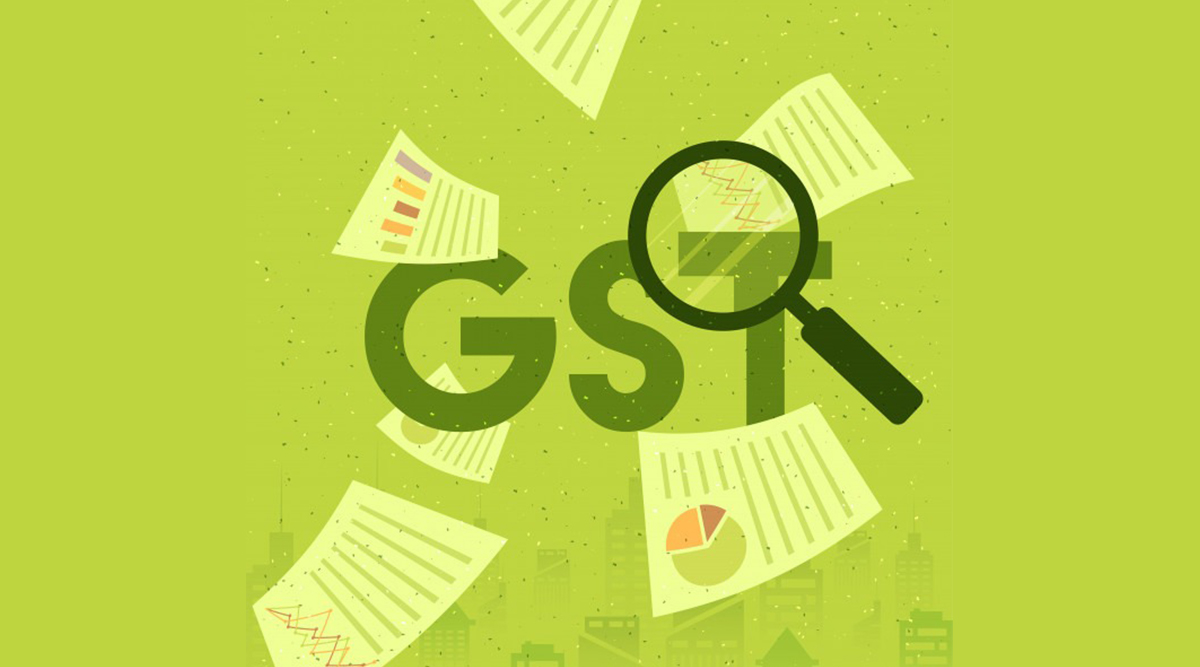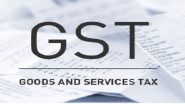In the simplest of words, GST can be defined as the value-added tax that is levied on the goods as well as services which are sold indigenously. GST is the expense that is taken care of by the end consumer and is ultimately remitted to the government by the businesses that sold the goods to the end consumers.
Now, there are basically 4 kinds of GST which we are listing below
- The Central Goods and Services Tax (CGST)
- The State Goods and Services Tax (SGST)
- The Union Territory Goods and Services Tax (UTGST)
- The Integrated Goods and Services Tax (IGST)
Central Goods And Services Tax (CGST)
CGST is the tax that is levied by the central government on the transactions of Goods And Services that take place within the same starters, which is Intrastate transactions. The Tax is levied along with the other two taxes known as SGST. Please note that the revenue that is collected in the form of GST on intrastate transactions is shared equally between the state government and the central government.
State Goods And Services Tax (SGST)
Let’s now try and understand what SGST is. SGST is the tax levied by the state government over the transaction of the goods that are manufactured and sold within the same state. This Tax is levied along with CGST.
Union Territory Goods and Services Tax (UTGST)
UGST could be defined the same way as SGST, only it is applicable in the union territories. The only aim to introduce Union Territory tax is to provide the same benefits to all the businesses in a union territory that a business would enjoy in any state. The UTGST is applicable to five Union Territories namely Lakshadweep, Daman and Diu, Dadra and Nagar Haveli, Andaman and Nicobar Islands, and Chandigarh.
Integrated Goods and Services Tax (IGST)
Now, this one is a bit different from others as it deals with the transaction of goods and services between two states. If any good or service is transacted from one state to another, there is a tax that will be levied on those transactions and it is called the Integrated Goods and Services Tax. IGST is also applied to goods and services that are imported and then distributed among various states.
Rates Of GST
There is a slab proposed by the government which is divided into 4 categories of GST rates applied to various kinds of goods and services. The rates are 5%, 12%, 18%, and 28%.
- 5% GST is for the goods that are included are the day-to-day household items like kitchen essentials such as sugar, spices, tea, coffee, edible oil, etc.
- 12% GST would be applied to goods such as computers and processed foods are included like cheese, ghee, ayurvedic medicines, cell phones, and fertilizers, etc. Services like work contracts, business-class air tickets
- 18% GST will be applied to products like jams, sauces, soups, ice cream, instant food mixes, mineral water, tissues, envelopes, tampons, notebook, steel products, printed circuits, camera, etc.
- 28% of GST will be applied to various luxurious items.
It is important for each and everyone, be it a consumer or a businessman, to understand the concept of GST inside out in order to make the entire process more convenient with everybody being on the same page. We hope this article was of some help to enhance your information on various kinds of GST and the different rates that vary with the category.



















